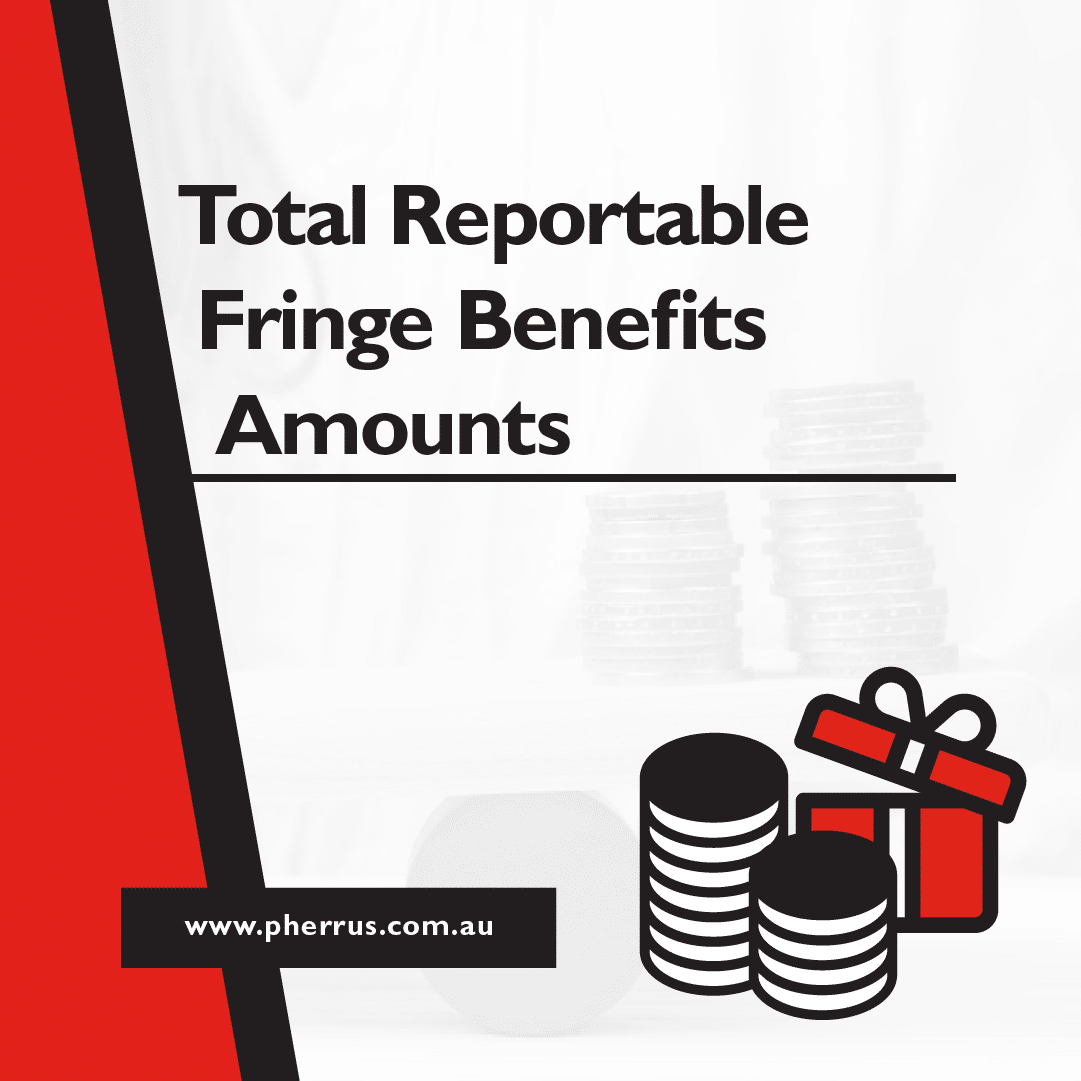Single Touch Payroll (STP) is a method of submitting tax and other payroll information to the government directly from your software system every time you pay your employees.
When STP comes into effect
If you are an employer with at least 20 employees, you should already be reporting through STP. The only exception is if a later start date has been granted by the ATO.
Yesterday, the Senate passed the Treasury Laws Amendment (2018 Measures No. 4) Bill 2018, and it now awaits Royal Assent. This Bill now extends STP reporting requirements so that it applies to all employers, regardless of the number of employees.
Employers with fewer than 20 employees have the option to adopt STP reporting right away, but will need to do so no later than July 1, 2019. However, the ATO has confirmed that arrangements will be in place to support the transition, particularly for micro employee companies.
The expectation is that businesses that have the right capability and no real impediment to reporting will report as at July 1, 2019. However, we at Pherrus agree that adjusting to these new rules ahead of the required date is the best way to avoid unfortunate surprises.
Preparing for STP reporting
The ATO will not be providing organisations with an STP product or portal. This means that if your company is using payroll software, it may require updating to support STP reporting. While most software providers offer products that support STP reporting, not all of them include this functionality.
If you need to upgrade your software, STP reporting is possible to purchase as part of various payroll, accounting, and business management software. Your software provider may offer STP reporting in one of the following three ways:
- A comprehensive solution that enables you to manage your payroll and send the STP information directly through your software.
- A solution that integrates your company software with a third party sending service provider (SSP) to submit the STP information.
- A solution that requires submitting the STP information externally, through a third party SSP.
Submitting STP information
You will be required to submit the required employees’ information on or before each payday, using your STP-enabled payroll software
For any payments reported through STP, you will no longer need to provide summaries to your employees. However, payments not reported through STP will still need to be included on a payment summary.
For payments reported through STP, a PSAR (payment summary annual report) is no longer required at the end of each financial year. Instead, you will need to make a finalisation declarationbefore the information you reported through STP is tax-ready for your employees. Employees will be able to see their payment information using ATO online services.
Consequences of non-compliance
Currently, you will remain exempt from late reporting penalties for the first 12 months of the STP system. However, during this time, you will still receive written notice from the ATO informing you of your non-compliance. After this 12-month period, the ATO may issue fines for non-compliance reaching up to $630,000.
Since this is an electronic system, the ATO is likely to detect errors and failures faster than before, which makes it essential that you comply.
To find out more about STP updates or learn about how we can help you adopt the new process, contact one of our experts today.




